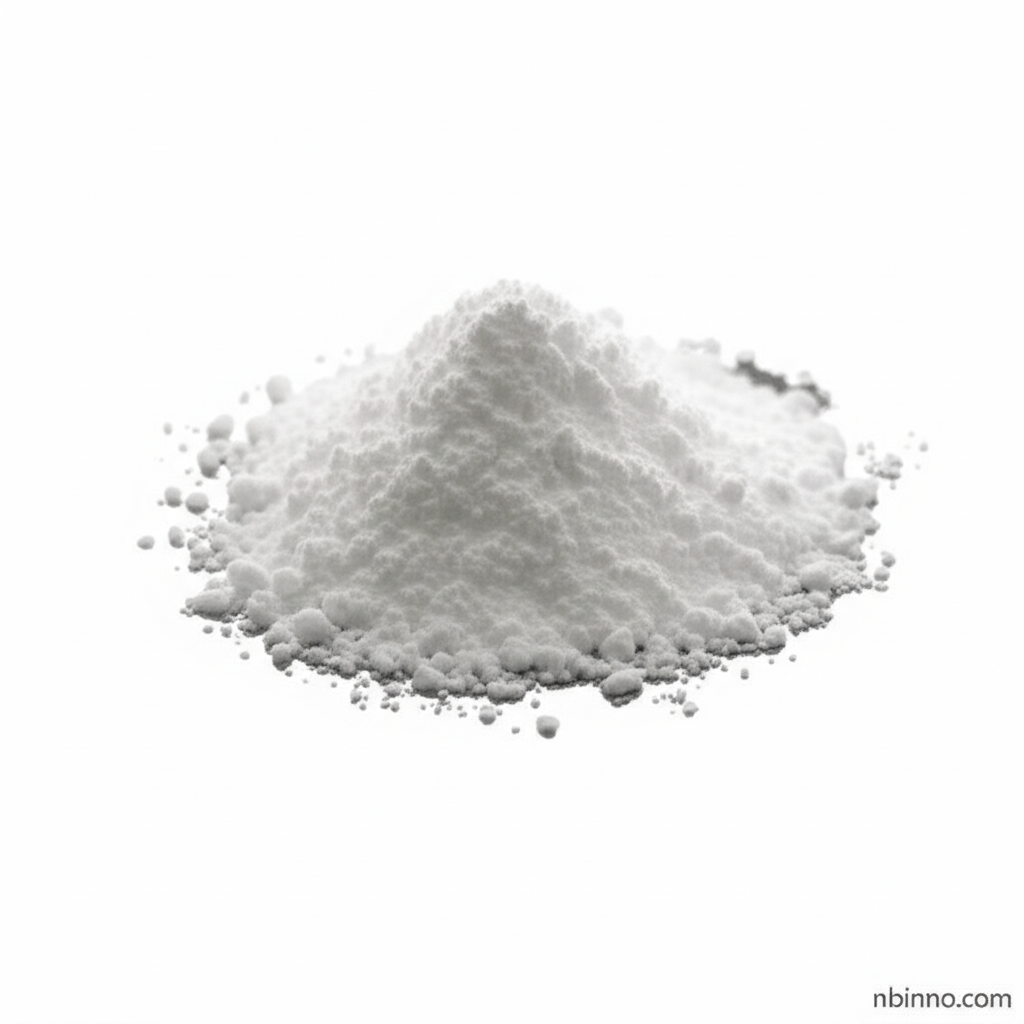3-Bromo-9H-carbazole: Synthesis, Properties, and Applications in OLEDs and Pharmaceuticals
Discover the versatile chemical intermediate, 3-Bromo-9H-carbazole, crucial for advanced material and drug development.
Get a Quote & SampleProduct Core Value

3-Bromo-9H-carbazole
3-Bromo-9H-carbazole is a critical chemical intermediate known for its role in synthesizing complex organic molecules. Its chemical structure, featuring a carbazole core with a bromine substituent, makes it highly valuable in creating advanced materials for electronics and in the pharmaceutical industry for drug discovery.
- Explore the various 3-Bromo-9H-carbazole synthesis routes, including bromination of carbazole with NBS, to understand its production.
- Delve into the specific 3-Bromo-9H-carbazole applications in OLEDs, where it contributes to efficient light emission.
- Learn how 3-Bromo-9H-carbazole serves as a key pharmaceutical intermediate in the development of novel therapeutic agents.
- Understand the fundamental 3-Bromo-9H-carbazole chemical properties that dictate its reactivity and utility in various chemical reactions.
Advantages Offered
Synthesis Versatility
The 3-Bromo-9H-carbazole synthesis process is well-established, allowing for reliable production and accessibility for researchers and manufacturers. Utilizing reagents like N-bromosuccinimide (NBS) ensures efficient bromination of carbazole.
Material Innovation
As a precursor for OLED materials, 3-Bromo-9H-carbazole enables the development of next-generation display technologies, contributing to brighter and more energy-efficient electronic devices.
Pharmaceutical Potential
Its role as a pharmaceutical intermediate underscores its importance in medicinal chemistry, facilitating the creation of new drug candidates with improved efficacy and fewer side effects.
Key Applications
Organic Light-Emitting Diodes (OLEDs)
3-Bromo-9H-carbazole is instrumental in the synthesis of advanced materials for OLEDs, impacting the performance and efficiency of electronic displays and lighting.
Pharmaceutical Synthesis
As a vital pharmaceutical intermediate, it aids in the construction of complex molecular structures for new drug development, supporting medical research.
Fine Chemical Manufacturing
The compound serves as a versatile building block in fine chemical synthesis, enabling the creation of specialized chemicals for various industrial uses.
Research and Development
Its utility extends to research laboratories, where it's used for exploring new chemical reactions and developing novel compounds, including its use as an aryl hydrocarbon receptor agonist.
